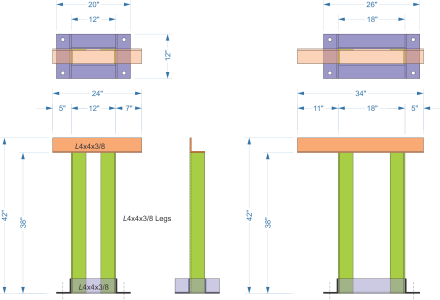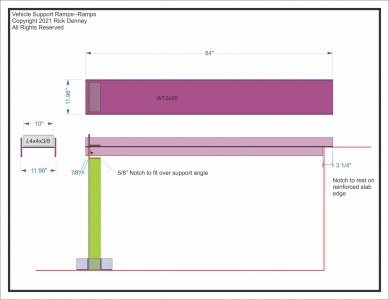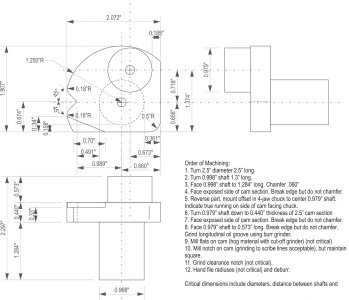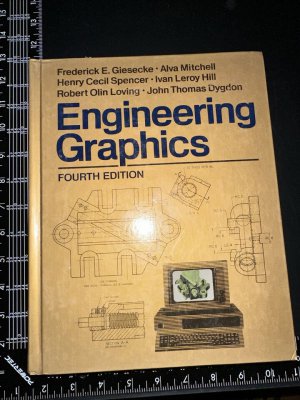I had an jntro to drafting in high school. I enjoyed that class, just not enough to take more. I tried to spend more time in metal shop/ welding, electronics, and wood shop.
I self taught TurboCad to myself when I was in metal fabrication. I would layout railings and other projects as needed. When boss asked me to do shop drawings for a project, that made me stretch a bit.
I decided to take a college drafting class to see if I could learn a bit more. I picked up the required book a week ahead of time and was working thru it using my TurboCad program, even though the class was going to be AutoCad.
Teachers first comment rubbed me the wrong way. “Don’t read the book. I will teach you the better way.” I was like then why did I buy this $120 book?

And I was not happy a month later when she suggested that we cancel that nights class so everyone could go home and enjoy the nice fall weather before snow started. Everyone in the class but myself and one other “over 40” guy had no problem skipping. I myself had paid hard earned money and wanted the knowledge.
Next week, I asked the teacher how her night was, since it was dark by the time she had gotten home anyways that night.
I still do some drawings from time to time.
Sent from my iPhone using Tapatalk






